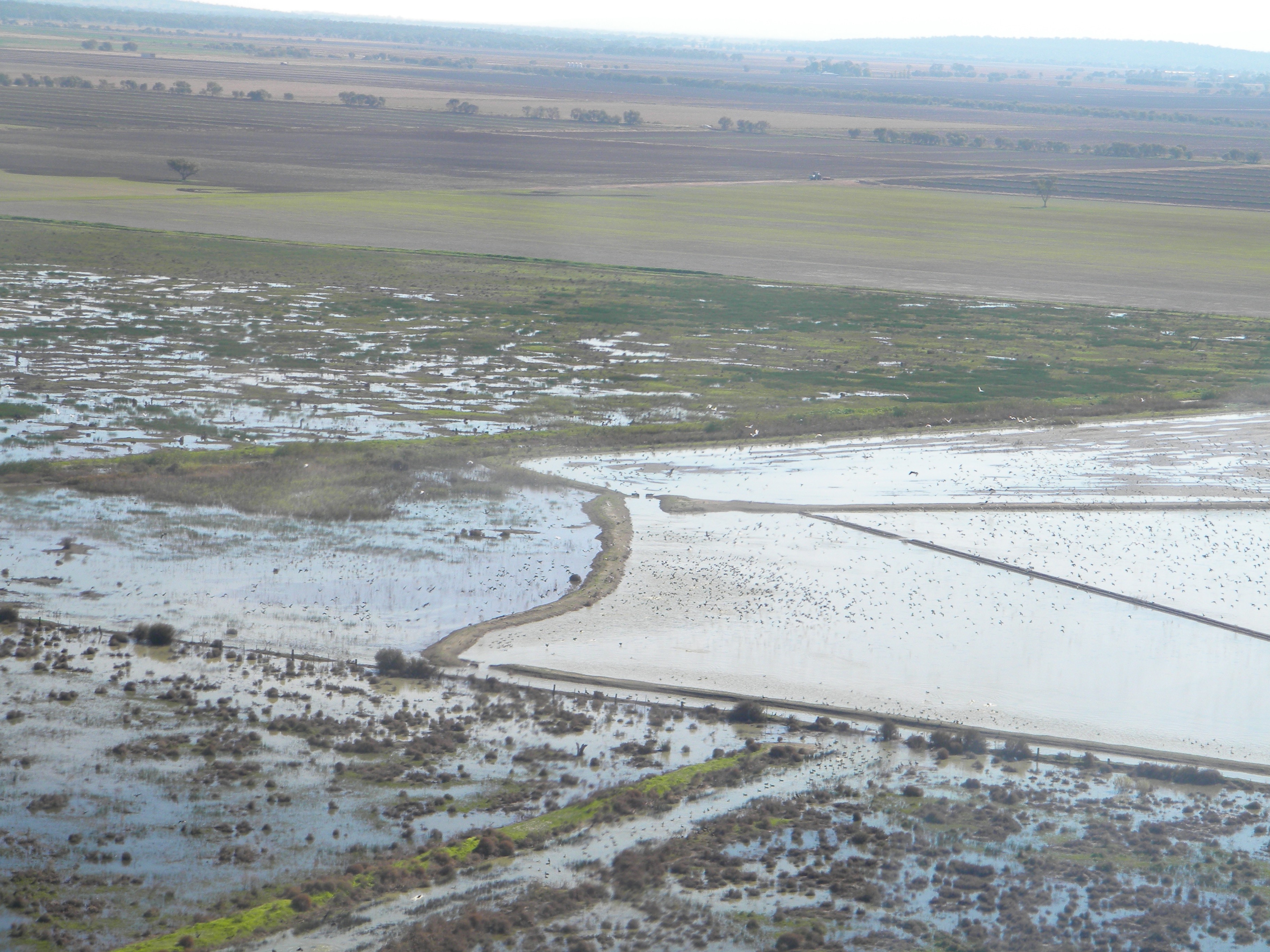
17 Jun CFP: Mapping the Environmental Humanities
Call for Chapters
Mapping the Environmental Humanities: The Emerging Role of Geographic Information Systems in Ecocriticism
Edited by Mark Terry and Michael Hewson
Proposals due: 15th July 2020
Issues related to the global environment, planetary health, and the related survival of all species, including humans, represent fields of study that are urgently pursued by scientists, scholars, and policymakers alike as we try to make sense of and find solutions to the present and future impacts of climate change. One of the more recent scholarly endeavours involves the mapping technologies of Geographic Information Systems and how they are being used to study and interpret environmental data and texts. It is at this intersection of the Spatial Humanities and the Environmental Humanities that a new book will focus current scholarship on how to use these geomedia projects for an enhanced methodology of study of a global issue that impacts on all of us.
The Environment and Society series of Lexington Books is proposing a book of papers related to this subject and is seeking chapter contributions from scholars currently working in this field.
Geographic Information Systems are fast becoming new platforms of geomedia expression for the study and analysis of global issues examined by the Environmental Humanities. As a means of curating data in multimedia forms, GIS provides the scholar with a global representation of this information in ways that afford geo-relational study. By comparing these data with locative media tools such as GIS new data emerges, data that sheds new light on environmental issues common to experiences in different parts of the world.
The discovery of relationships between historical events, human behaviour, climate shifts, social, economic and cultural adaptations and evolutions makes GIS a valuable geospatial tool of study in the Environmental Humanities. The digital affordances of Big Data, map animations, multimedia, weblinks, artefact archiving can all be situated specifically to their points of origin or areas of study to provide an enhanced perspective as well as a new framework for environmental investigations. If the ‘super-power’ of humanities is ‘story-telling’, a convenient question is – how useful has digital mapping technology been to the story? Maps are helpful in the finding of ‘place’. And the connection to ‘place’ is foundational to well-being, because sociologically, and for some (particularly First Nations), physiologically attached to place is history, and language, and art, and culture. It is useful then to pause – and more broadly, review and re-envisage; how have digital maps helped in the pursuit of critical thinking and reflective culture? Further, what could be the emerging directions at the nexus of spatial science and spatial humanities?
Recommended Topics
· How could transmedia projects incorporate environmental research and GIS platforms?
· Has GIS been useful to First Nation peoples in charting culture, claims and Country?
· Does GIS have a place in ecocinema, and what might cinematic cartography look like: How can ecocinema (both fiction and non-fiction) effectively incorporate GIS in its story-telling methods?
· How can ecofeminism use GIS to inform or destabilize conventional ecocritical concepts?
· What are the ways in which the Spatial Humanities and the Environmental Humanities combine to enhance policy-based climate research?
· Can GIS practices be used to reduce and eliminate spatial injustices in global communities among indigenous, remote, and impoverished communities?
· How does GIS reveal new data between rural and urban environments to inform the social sciences?
· How has (and can) GIS be used to study the environmental challenges facing the planet from macro and micro socio-economic and socio-geographic perspectives?
· How can the measurement of time and space be used to influence human behaviour and environmental policy?
· How is environmental science data read differently when studied through the lens of GIS technologies?
· What artistic approaches to using GIS as a canvas to tell environmental stories are currently in use and proposed: the Geo-Doc, multimedia GIS, interactive and animated maps, deep layering, text- and hypertext-rich pins?
—
Please send your proposals by July 15, 2020, to the editors listed below:
1. Mark Terry, York University, Toronto, Canada: terrma@yorku.ca
2. Michael Hewson, Central Queensland University, Rockhampton, Australia: m.hewson@cqu.edu.au



No Comments